[Alex Zaikin] made a modern reproduction of an early-80s Soviet hobbyist home computer. Although the design was open, indeed it was published in “Radio” magazine, the project was a mammoth undertaking involving around 200 microchips, so not many “Mikro-80” computers were actually made.
[Alex] wanted to simplify the project and reduce the parts count. These days, 200 microchips’ worth of logic can easily fit inside an FPGA, and [Alex] wrangled the chip count down to seven. Moreover, he made it even easier to build your own retro minicomputer by building a modular platform: Retrobyte.
With the Retrobyte providing all of the essential infrastructure — SD card, tape recorder I/O, VGA outputs, and more — and the FPGA providing the brains, all that was left was to design a period keyboard and 3D print a nice enclosure. Project complete! Time for a few rounds of ASCII Tetris to celebrate.
We’ve covered a number of retro computer projects. We just have a soft spot for them, is all. If you don’t know what all the fuss is about, you could start out with a kit build to get your feet wet. Before long, you’ll be emulating ever obscurer computers of yore in custom logic. And when you do, be sure to drop us a line!

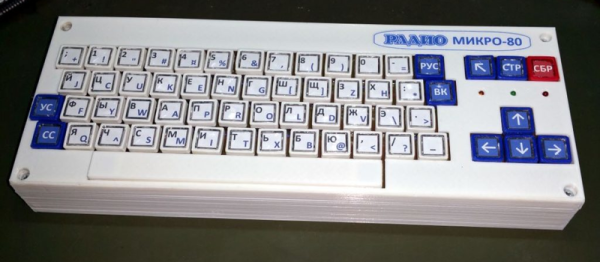



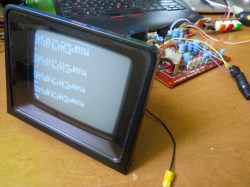



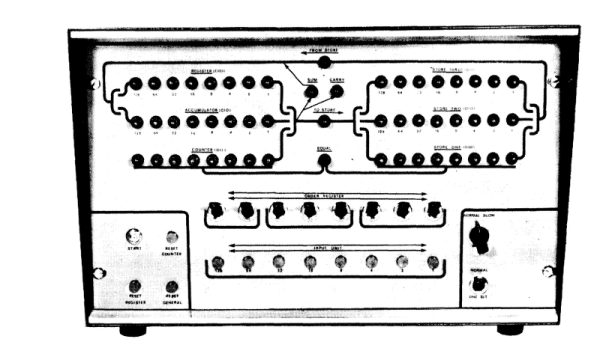
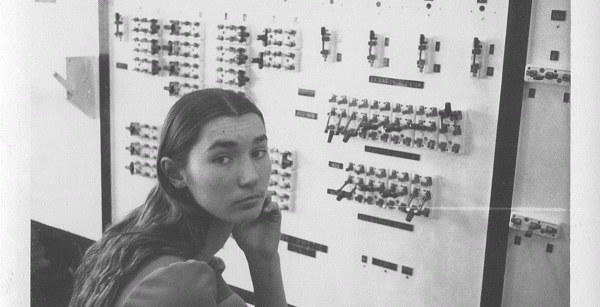
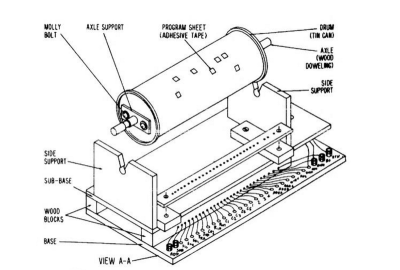 So what did you do if you were a kid saving money from a paper route in 1968 and you wanted to build a computer? Maybe you turned to
So what did you do if you were a kid saving money from a paper route in 1968 and you wanted to build a computer? Maybe you turned to 








